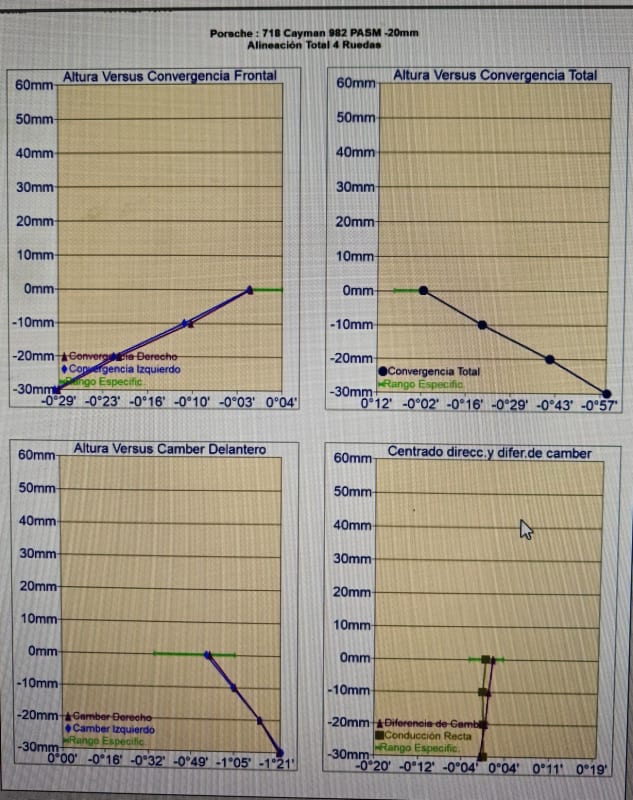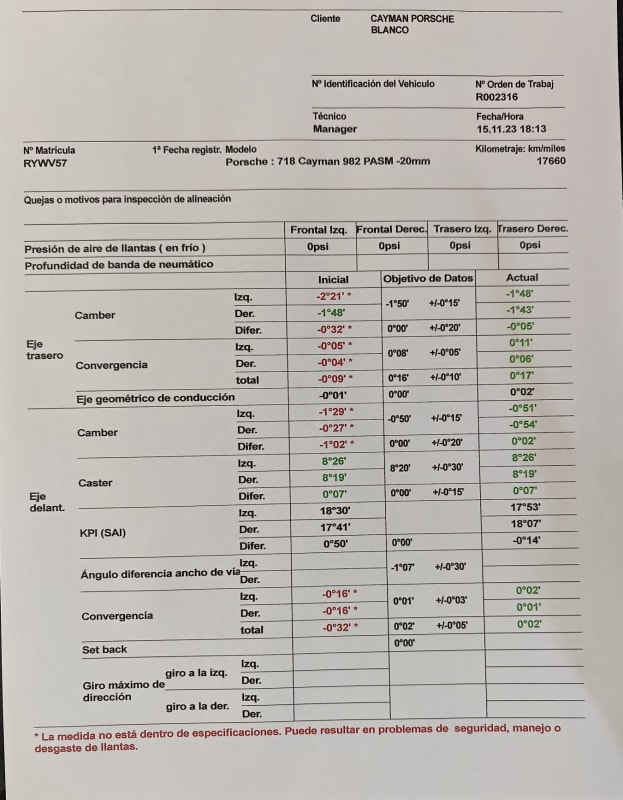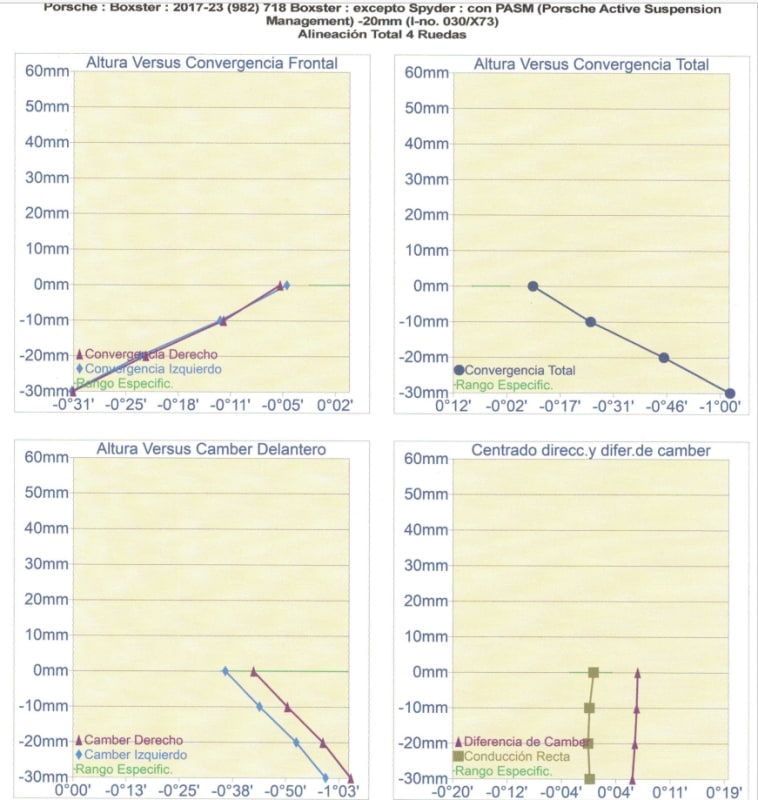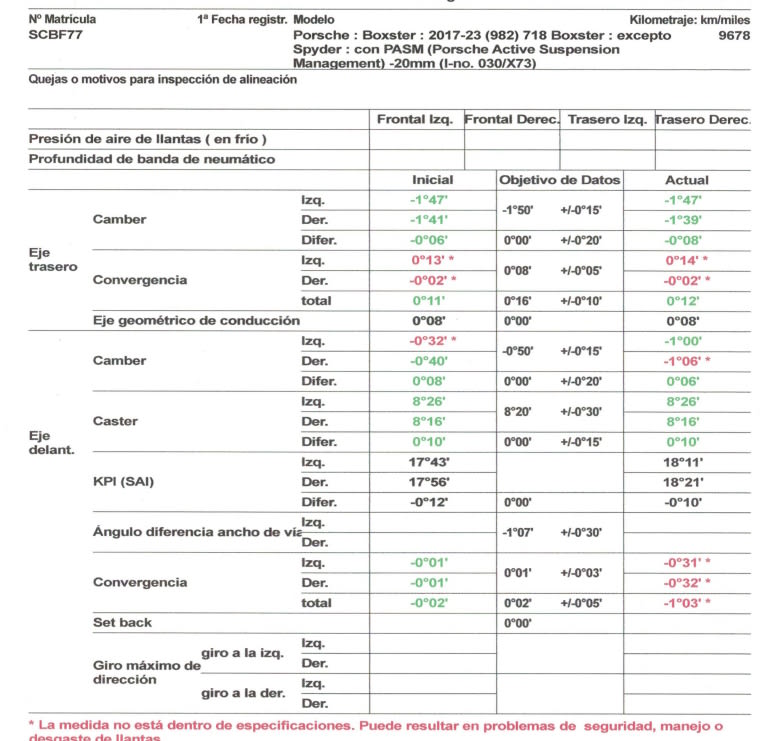FreshDriver
Automotive
Hello Everyone,
I have a problem with my Porsche Cayman 718 GTS.
There are two types available: a 10mm drop with PASM (Porsche Active Suspension Management) and a 20mm drop with SPASM (Sport Porsche Active Suspension Management).
Initially, my car came from the factory with the 10mm drop (PASM) suspension. However, I spoke with Porsche and they agreed to retrofit the 20mm drop kit (SPASM) for me. As part of the retrofit, they replaced the original Porsche parts associated with the 20mm drop setup, including the shocks, springs, and bars. They also reprogrammed the suspension module and all related components. Consequently, my car now has the same specifications as a factory 20mm drop configuration.
Upon receiving my car after the retrofit, I noticed that it had some bumpsteer. I discussed this issue with the service shop manager, who assured me that everything had been changed according to the manufacturer's guidelines and that the alignment was done correctly. However, Porsche claimed that bumpsteer is a "normal condition" for a 20mm drop car. Interestingly, my friend has the same specifications but their car came directly from the factory, and they don't experience any bumpsteer.
I'm at a loss about what to do next. Is there anything specific that I can check to identify the problem that Porsche might be overlooking? It feels like they are dismissing my concerns with the argument that it's a "normal condition." Any help or suggestions would be greatly appreciated!
Thank you all so much for your support!
Regards
Marcelo
I have a problem with my Porsche Cayman 718 GTS.
There are two types available: a 10mm drop with PASM (Porsche Active Suspension Management) and a 20mm drop with SPASM (Sport Porsche Active Suspension Management).
Initially, my car came from the factory with the 10mm drop (PASM) suspension. However, I spoke with Porsche and they agreed to retrofit the 20mm drop kit (SPASM) for me. As part of the retrofit, they replaced the original Porsche parts associated with the 20mm drop setup, including the shocks, springs, and bars. They also reprogrammed the suspension module and all related components. Consequently, my car now has the same specifications as a factory 20mm drop configuration.
Upon receiving my car after the retrofit, I noticed that it had some bumpsteer. I discussed this issue with the service shop manager, who assured me that everything had been changed according to the manufacturer's guidelines and that the alignment was done correctly. However, Porsche claimed that bumpsteer is a "normal condition" for a 20mm drop car. Interestingly, my friend has the same specifications but their car came directly from the factory, and they don't experience any bumpsteer.
I'm at a loss about what to do next. Is there anything specific that I can check to identify the problem that Porsche might be overlooking? It feels like they are dismissing my concerns with the argument that it's a "normal condition." Any help or suggestions would be greatly appreciated!
Thank you all so much for your support!
Regards
Marcelo




